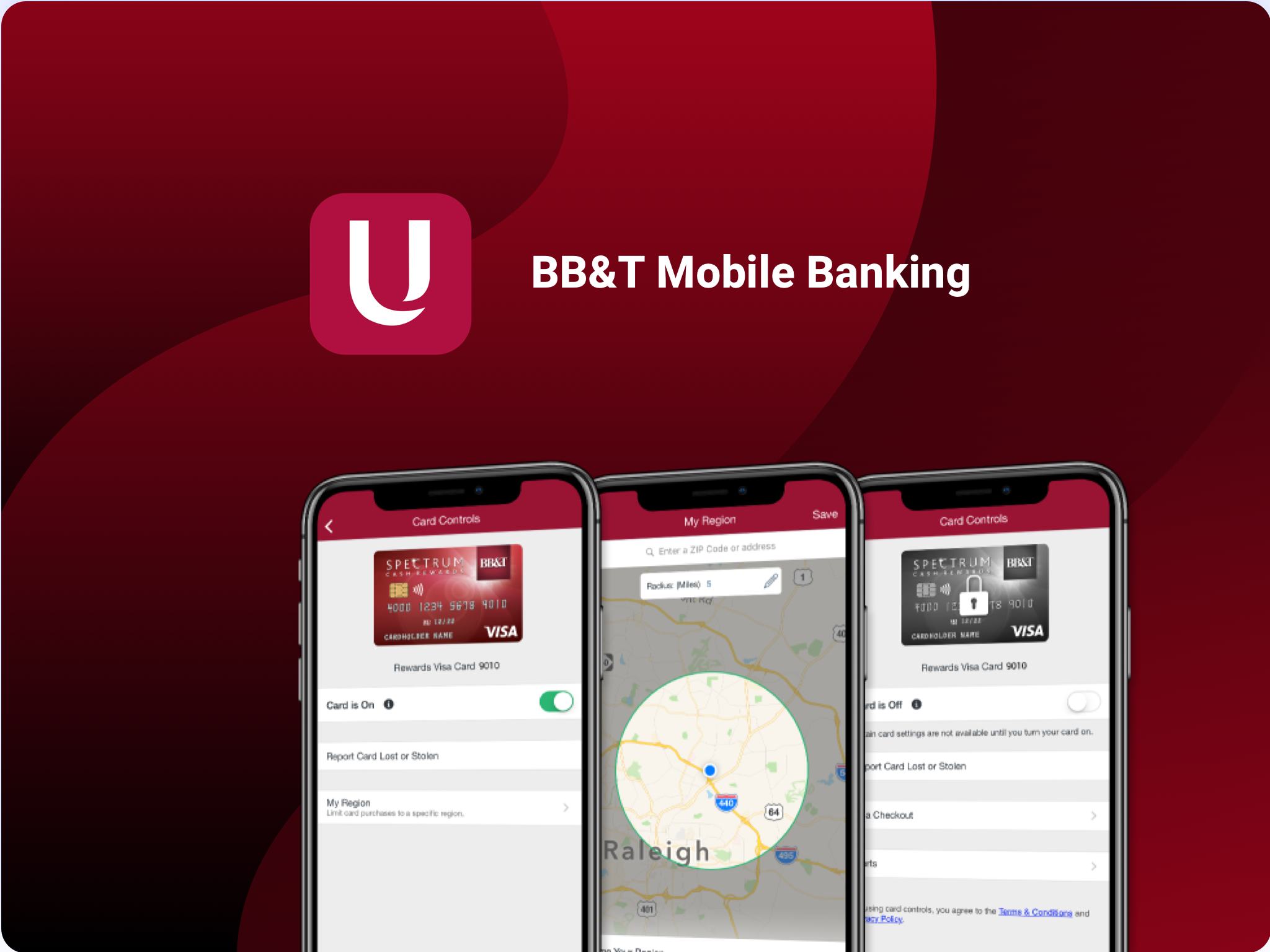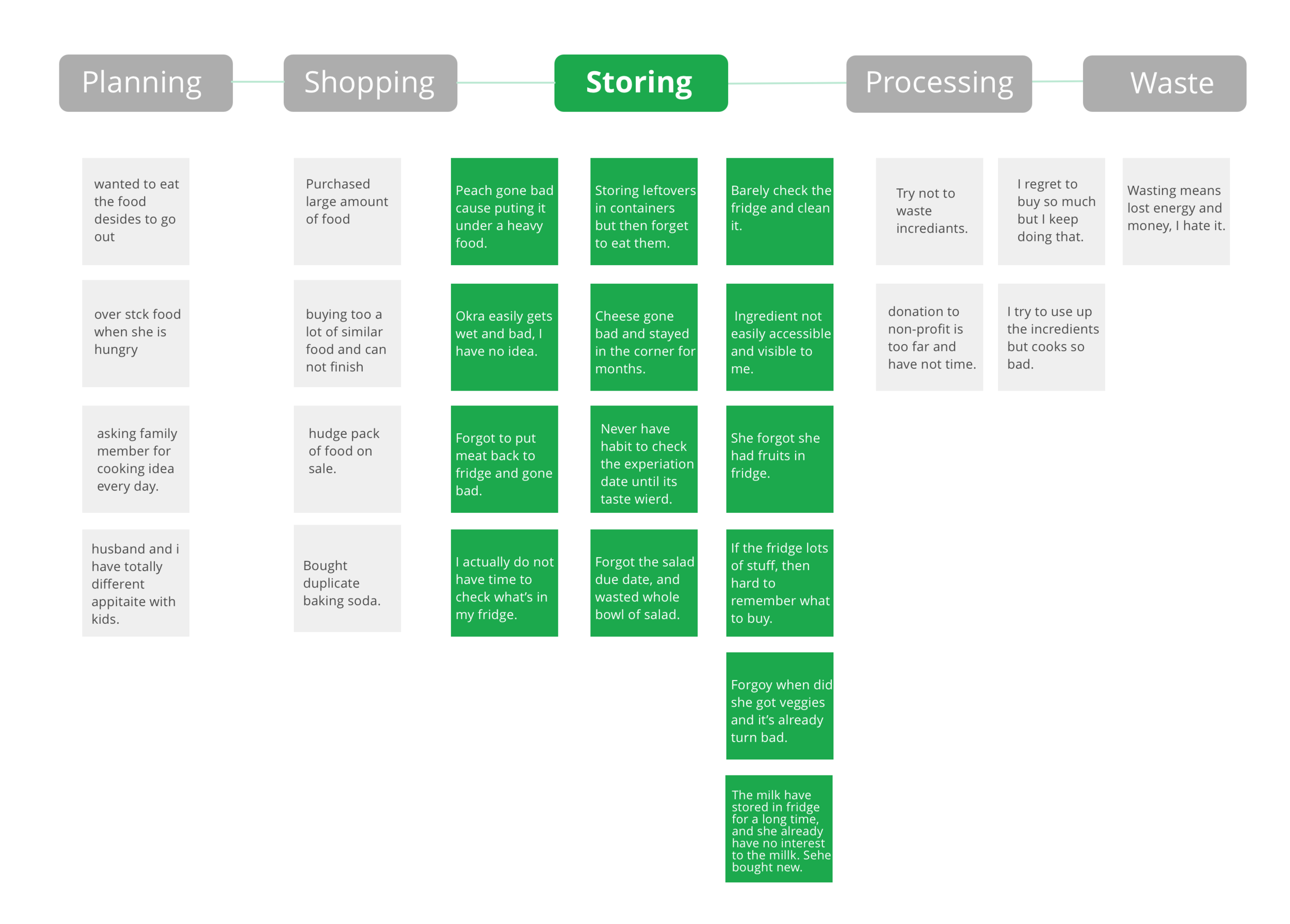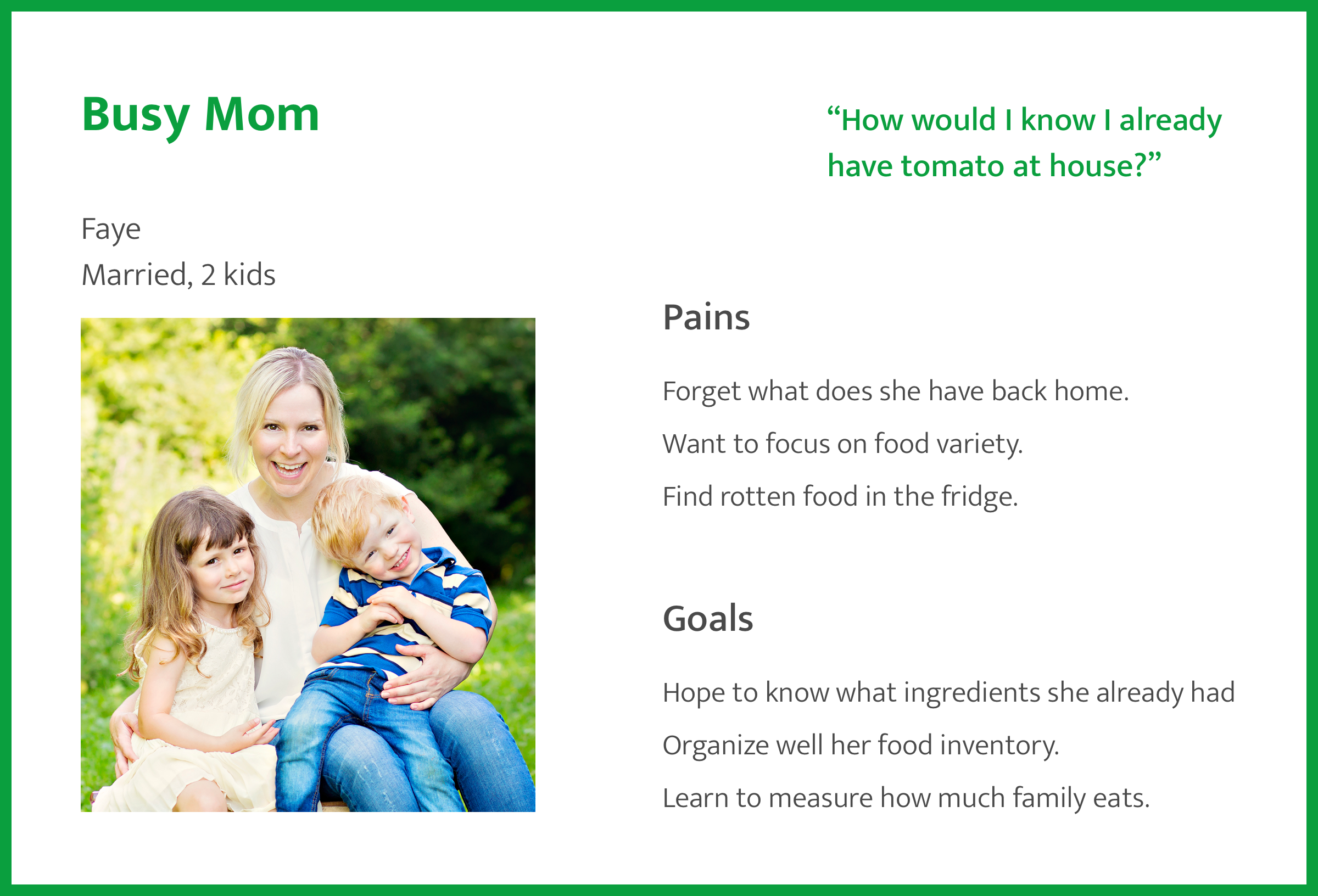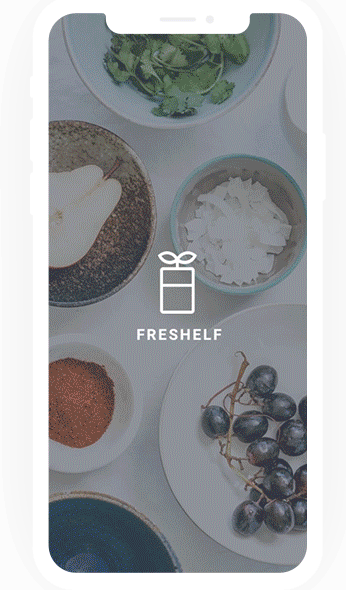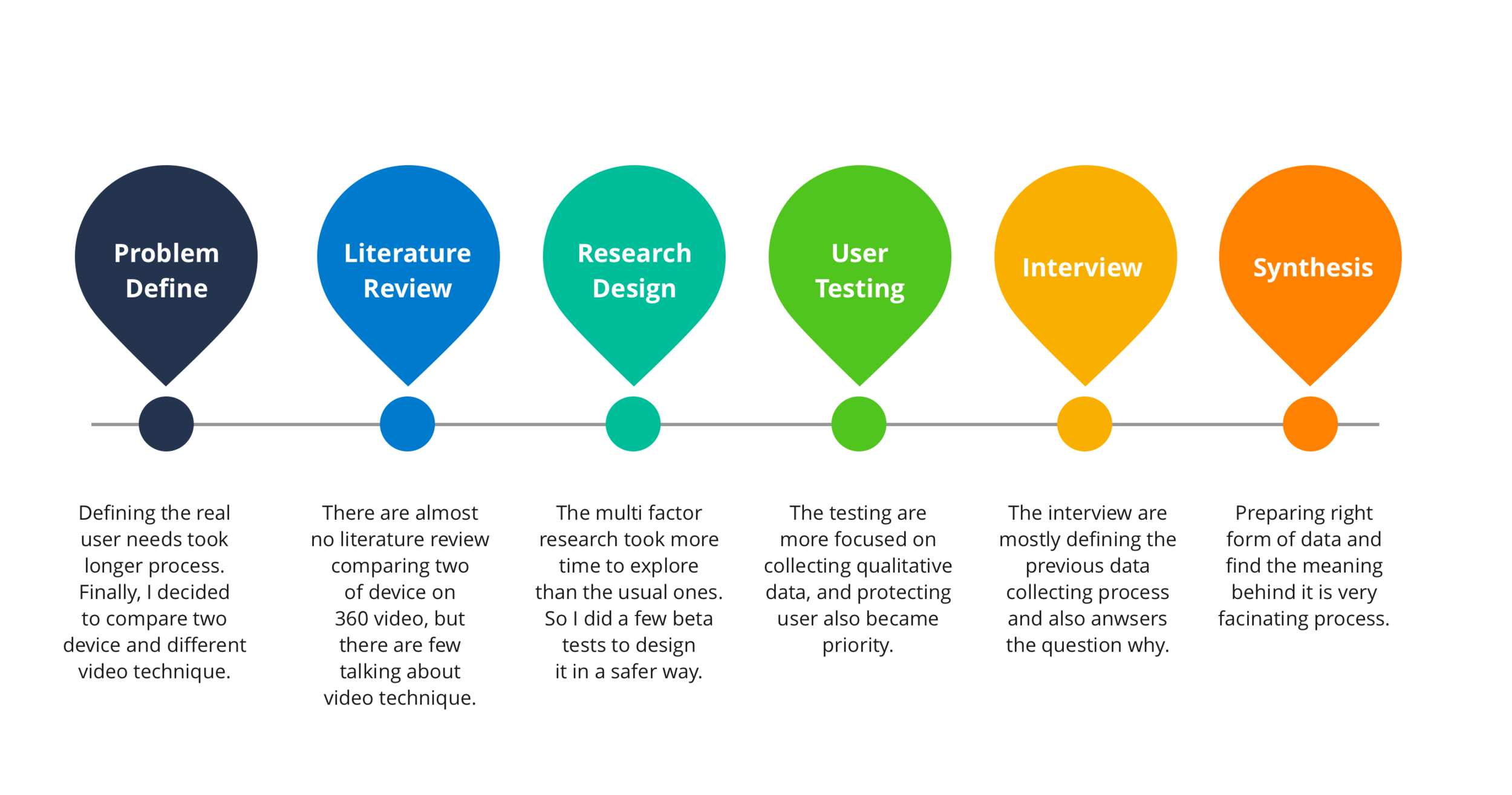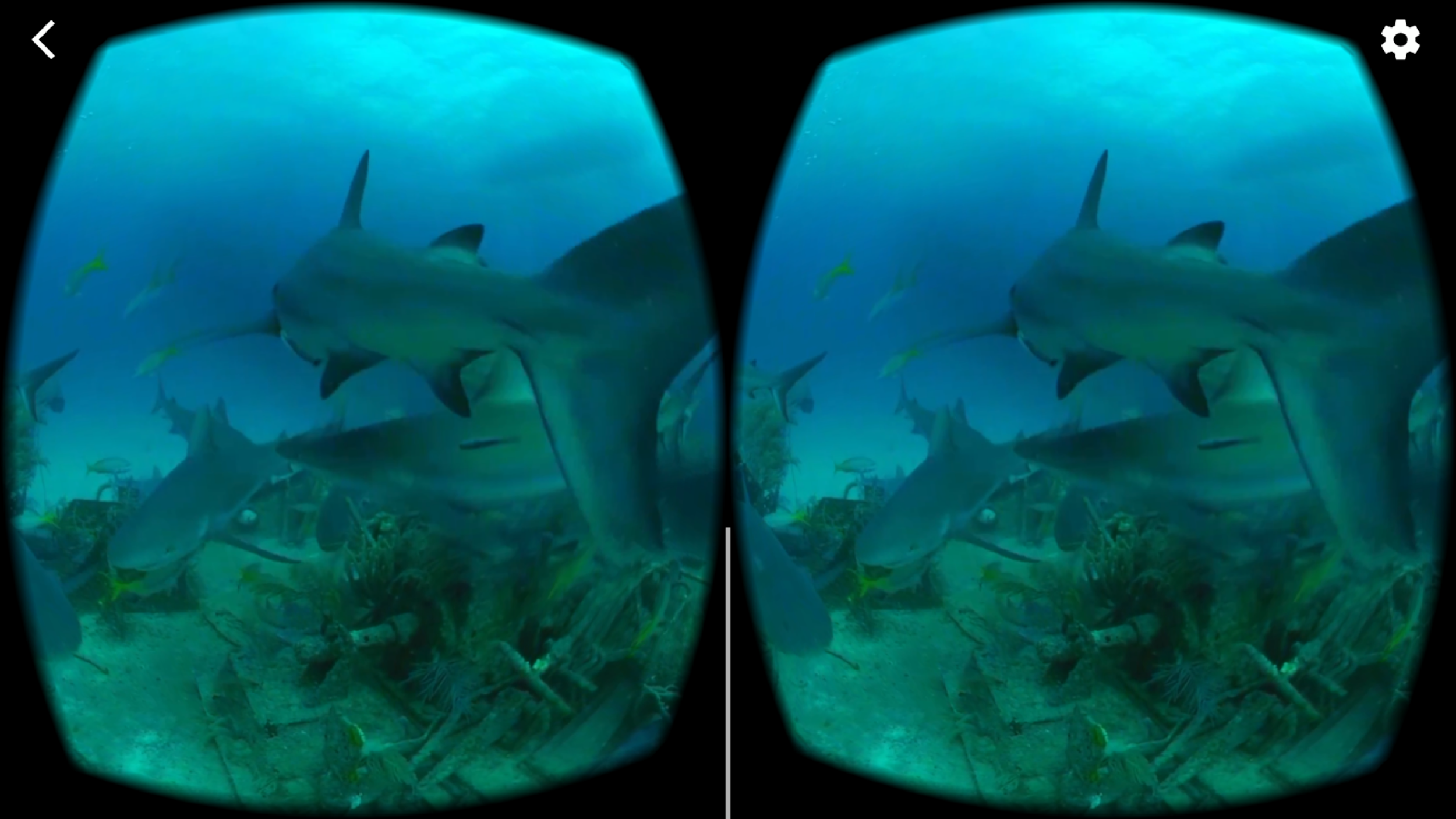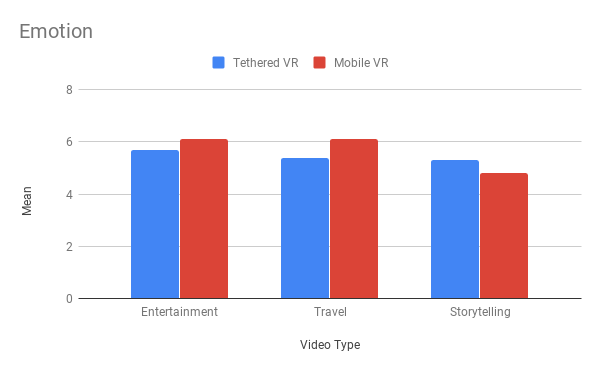BB&T - Mobile Banking Experience
overview
BB&T Bank is a branch banking company that operates 2,049 branches in 15 states and Washington, D.C. offers consumer and commercial banking, securities brokerage, asset management, mortgage, and insurance products and services. BB&T is named "2016 Javelin Mobile Banking Leader in Functionality".
Duration:
4 Month
Role:
UX Design and Research
Methods:
Storytelling, Usability Testing, Survey Design, Competitive Analysis, Rapid Prototyping
Tools:
Tools: Powerpoint, Axure, Excel
Introduction
I worked at BB&T’s Tech Center in Raleigh, NC, as a User Experience Intern with the Human Factor Team for three months where I designed a research survey, analyzed results, accessibility designs, and an unannounced feature.
I took the project from the research stage to the prototyping stage. In the process, I worked closely with several designers, researchers and developers. Special thanks to my mentor Denial Schantz, Miranda Capra who taught me how to think problems to emphasize users to find the insights behind it.
Unfortunately, I am unable to share any specific details about the unannounced feature due to the NDA reason. If you have any questions regarding this project please feel free to contact me.

